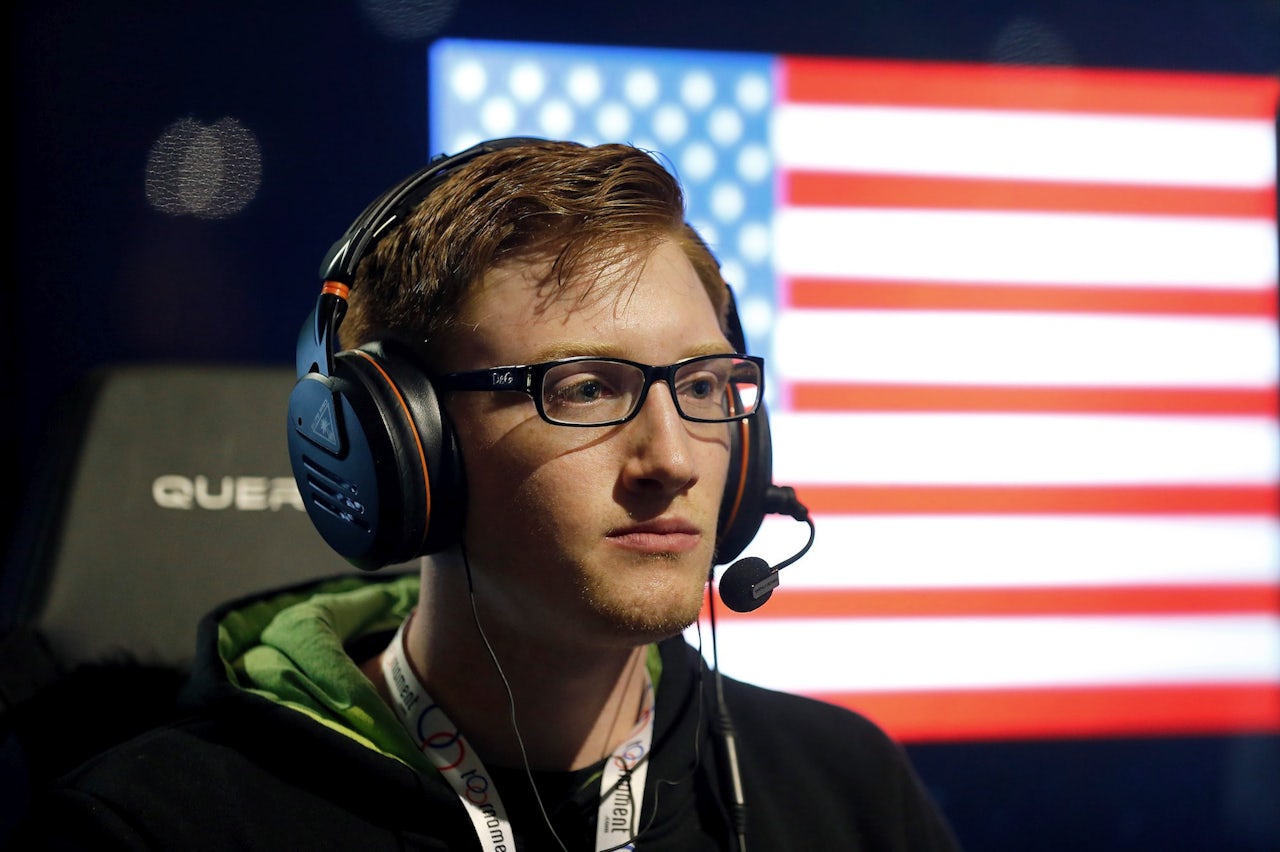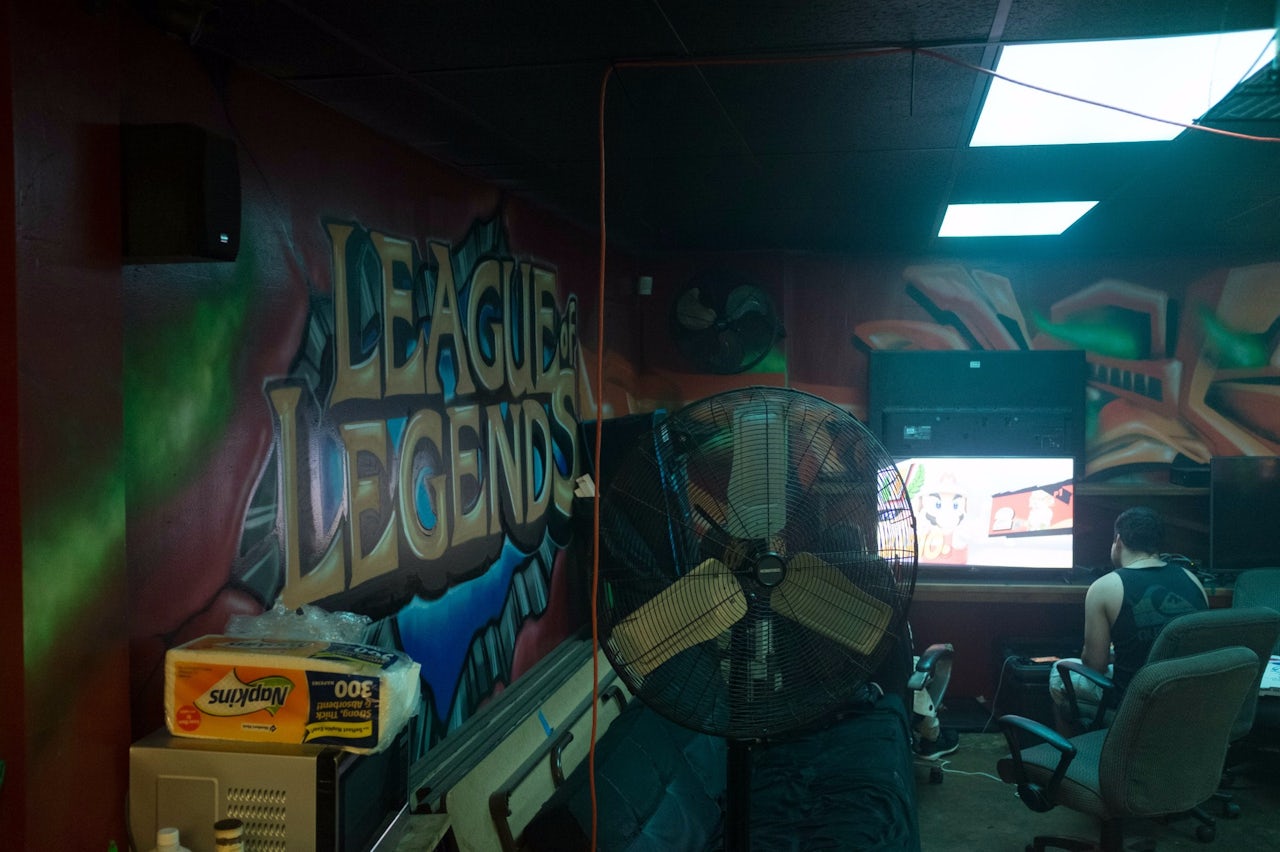Professional esports — competitive video game playing as a spectator sport — is surging in the U.S., with revenues in the hundreds of millions and growing fast. So it’s little surprise that collegiate esports — in which universities field their own teams just as they would for baseball or basketball — has been been growing as well, to the point where players are now sometimes earning scholarships that pay their entire tuition.
Stephen’s College, an all-women’s college in Columbia, Missouri, announced a varsity esports program two weeks ago. The University of Utah did the same in early April.
The growth of varsity esports teams is phenomenal, said Michael Brooks, executive director at the National Association of Collegiate eSports (NACE), a non-profit organization that is working to set standards and build infrastructure for the scene.
NACE launched in September to advocate for college esports, initiate communication between schools, and provide information to program directors interested in varsity esports programs. At the time, there were only seven varsity esports programs in North America. Now there are 34 varsity programs in total, and 31 are members of NACE. Brooks expects the number of varsity programs to double by August.
“All of our member schools have dedicated esports arenas on campus, and those esports arenas are all outfitted with all the equipment an esports program or team would need such as computers, headsets, keyboards, mouses,” Brooks said. “All of them have staff on hand that’s paid for by the university or the college.”
That frequently means an esports director who oversees the program. “The way we define ‘varsity’ is incredibly similar to how you would typically define sports in the traditional sense — speaking like towards your basketball, your soccer, or your football team on campus,” Brooks said. “That’s the same infrastructure that all of our member institutions provide to their esports programs.”
It’s still early days for NACE. Not every program has joined up, and there aren't exactly enough members for regional conferences, given that the organizations are all over the map — though the digital nature of the games makes competition a whole lot easier. There are relatively few travel costs associated with esports as it doesn’t absolutely require in-person participation, which might be the biggest difference between that and a more traditional varsity program, according to Brooks.
Meanwhile, infrastructure is also growing for schools that don’t have official esports programs. For the past three years, Tespa, a collegiate esports network that organizes tournaments, has produced a tournament called Heroes of the Dorm, in which groups of college students play the Blizzard-developed video game Heroes of the Storm for scholarship money. The winners of Heroes of the Dorm each year are awarded up to $25,000 a year for three years total.
According to Tespa, there are over 220 chapters at colleges across the United States and Canada, and these chapters host friendly competitions for just about every competitive video game, including League of Legends, Overwatch, and Street Fighter V — though the larger organized events feature Blizzard-developed games only.
There’s no definitive college conference or network for esports, partly because “esports” refers to anything with a competitive bracket, and partly because past attempts have either seemingly fizzled or are still in their infancy. Additionally, many professional esports allow for college-age players or younger, with Riot Games’ League of Legends Championship Series, for example, allowing teams to field players as young as 17.
By the time most people graduate, conventional esports wisdom says they’re almost too old to play in the same category. The idea is that the older you get, the more strain you’ve put on your body — esports is known for wrist, back, and other medical issues — and your ability to respond quickly to the constantly moving digital pieces has already decayed. Rather than serving as a breeding ground for talent that feeds into the big leagues, college esports simply exists as a different tier of competition.
College teams are good for the visibility of esports as a genre and individual players, as well as the institutions themselves. According to both Brooks and Adam Rosen, Tespa co-founder and co-lead of collegiate esports at Blizzard, colleges benefit from clubs and varsity programs by appealing to potential applicants who might not be interested in, say, football, but are keen on StarCraft.
Professional teams are often all but invisible outside of esports. Team SoloMid, the most recent winner of the North American League of Legends Championship Series, doesn’t mean much to the average person, but the University of Utah’s competitive video gaming team is an idea people can wrap their heads around.
“If people at the start don’t fully understand the game yet, they’re drawn in by the team names and can learn the game as they go,” said Rosen. According to him, it doesn’t really matter if fans understand all the intricacies of a game like Overwatch as long as they have someone to root for. Commentators can help bridge the game knowledge gap, allowing inexperienced viewers to better understand how to play as well as what makes a play good. The games are digital, but the stakes are real.

